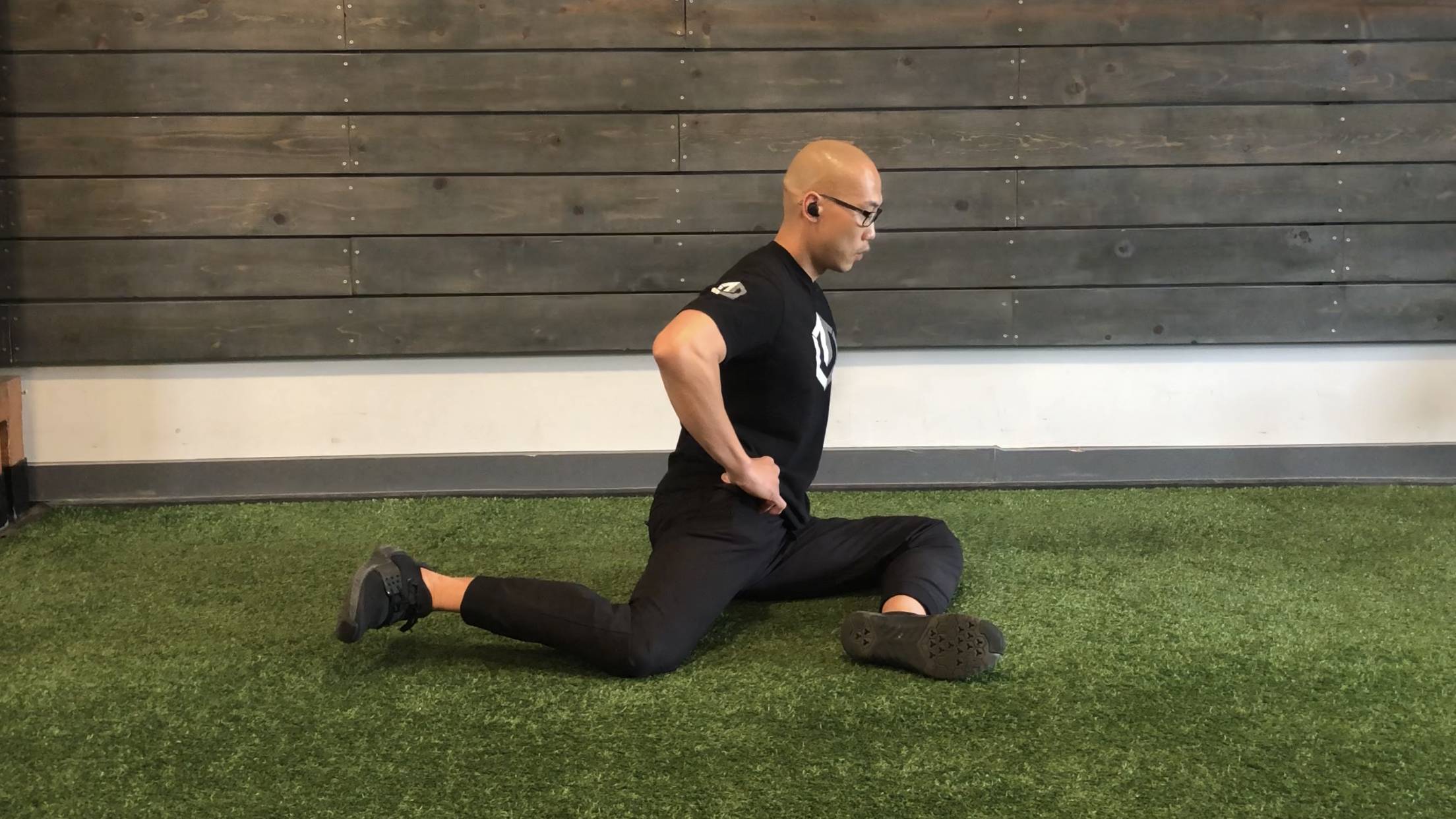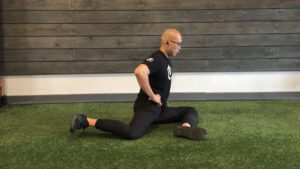Chiropractor Columbus GA are trained to diagnose and treat conditions like pinched nerves and slipped discs. They spend a similar amount of time studying physiology, anatomy, and microbiology to doctors with MD degrees.
The most common treatment is spinal manipulation (you might hear popping sounds). Chiropractors also use soft-tissue massages, stretches, acupuncture, and exercise.

We’ve all had a crick in the neck or a sore back occasionally, but when those problems interfere with our everyday lives, they can be very serious. Back pain can affect your ability to walk, drive, work, or do simple tasks, and it’s important to seek treatment if it is persistent or severe.
A chiropractor may treat back and neck pain by using spinal manipulation. This involves applying quick, controlled pressure on a joint using the hands or small instruments. This can release trapped gases and realign the spine if it is out of place. Spinal manipulation is very safe when done by a trained and licensed chiropractor. However, complications can include herniated discs or damage to nerves leaving the spinal column. This can lead to longer-lasting pain, numbness, or weakness.
In addition to spinal manipulation, a chiropractor might use massage therapy to ease back pain. A massage can help loosen the tight muscles in your back and neck and reduce tension and anxiety, which can also contribute to your discomfort.
Likewise, a chiropractor might suggest exercise to improve your posture and the movement of your joints. A chiropractor can also prescribe medication to alleviate your pain if necessary, including nonsteroidal anti-inflammatory drugs or muscle relaxants.
Neck pain is common, particularly if you sit for long periods, use your computer or phone frequently, or have poor posture. It’s also not uncommon to develop neck pain if you have an accident or injury, especially if the impact is significant.
The neck comprises seven bones called vertebrae, stacked on top of each other to form the spinal column. These bones support your head and protect the spinal cord, which runs through a network of nerves throughout the body to send sensations to your brain. The nerves in the neck are connected to the rest of the body via facet joints, which are small joints that allow you to move your head in any direction.
A chiropractor can treat neck pain by realigning the spine, easing tension in the neck muscles, and reducing stiffness and swelling. A 2019 study found that cervical spine manipulation decreases neck pain in the short term by changing levels of neuropeptides, proteins that function as neurotransmitters or hormones.
Many car accident injuries are not immediately obvious. The human body releases adrenaline after an accident, which masks pain signals. This is why it is important to visit a doctor if you feel discomfort days, weeks, or even months after a crash. A chiropractor can identify hidden injuries that may not appear on X-rays or other tests.
Chiropractors can treat a variety of car accident injuries, including neck pain, back pain, spinal misalignments, and soft tissue damage. They will perform adjustments, massage, and other techniques to relieve pain, improve mobility, and help the body heal faster. They can also recommend nutritional and exercise plans to help speed up recovery.
Visiting a chiropractor after a car accident can reduce inflammation, break down scar tissue, and prevent long-term problems. Choosing a chiropractor who specializes in car accidents and has a good rapport with patients is important. Look for a chiropractor who listens to your concerns, answers your questions, and addresses your fears.
It is common for people to suffer from sprains and strains in their muscles and joints after a car accident. These are often minor injuries but can be a serious problem if left untreated. A chiropractor can make adjustments to help ease the pain and swelling. They can also offer massage therapy, which helps with blood circulation and decreases inflammation.
A puncture wound is another common injury in car accidents. This can be caused by loose objects flung during the accident or from parts of the vehicle itself. Puncture wounds can cause a lot of pain and bleeding and can lead to blood clots. A doctor will evaluate these types of wounds, which may require surgery if necessary.
Headaches are pain or discomfort in the head or neck. They occur for various reasons and can be mild to severe in intensity. They can last from a few hours to several days and may be accompanied by other symptoms such as nausea, vomiting, eye, nose, or mouth dryness. Headaches can be categorized into two broad categories: primary and secondary. Secondary headaches are a symptom of another health condition, while issues with the structures of the head and neck cause primary headaches. Migraine, cluster, and tension headaches are examples of primary headache disorders.
Tension headaches are the most common head pain, affecting about three out of four people. These headaches are characterized by pressure or tightness that feels like a band wrapped around your head, and the pain may extend into your shoulders or jaw. These headaches can be triggered by stress, anxiety, depression, poor posture, or certain foods and smells. The pain may also result from musculoskeletal problems in the neck or head, including misalignments and trigger points.
Migraines are a painful, throbbing headache that usually affects both sides of the head. These headaches can be preceded by a warning period known as an aura, a group of visual, speech, and other sensory symptoms such as flashing lights or an altered taste. The aura generally disappears before the actual migraine headache starts. Migraines can be caused by many things, such as changes in diet or medication use, and they tend to run in families.
Cluster headaches are a rare headache disorder. These headaches cause a piercing or burning sensation in the forehead or temple on one side of the head. They can be triggered by food, alcohol, or strong smells, often coming on suddenly. They are accompanied by watery eyes, nasal congestion, and a runny nose on the same side of the face as the headache. The headaches may last from 5 to 40 minutes per episode.
A primary exertional headache is a type of headache that occurs during or shortly after exercise or sexual activity. This headache is caused by a need for more blood to the head and scalp muscles, which results in swollen blood vessels and a pounding headache. Warm-up exercises can prevent these headaches, avoid triggering foods and odors, and take an over-the-counter pain reliever such as indomethacin.
When you slump, slouch, or hunch over, your posture suffers. This can lead to a host of health problems in the long run, including back pain, headaches, joint issues, and chronic conditions. It can also affect your mood, confidence, and how others perceive you.
It’s a good idea to visit a chiropractor if you have poor posture, even if it doesn’t cause immediate pain. This is because a chiropractor can help you fix the underlying issue, which could cause long-term damage.
Poor posture can be caused by many things, such as stress, pregnancy, weak postural muscles, tight muscles, wearing high-heeled shoes or heavy backpacks, and more. In addition, certain medical issues can cause poor posture, such as a herniated disc, spinal stenosis, or osteoarthritis.
A chiropractor can assess your posture and provide a customized treatment plan. For example, they may recommend stretches and exercises to strengthen postural muscles and improve flexibility. They can also adjust the spine and teach you to maintain proper posture while sitting, standing, and lying down.
Chiropractors can correct postural imbalances, including forward head posture, kyphosis, and slouching. Forward head posture is when your ears are forward of the vertical midline of your body, which can result from hunching over a computer or steering wheel while driving. It can also indicate aging as you lose muscle strength in your upper back. Kyphosis is an exaggerated curvature of the upper back, which can also be caused by slouching and can lead to a hunchback appearance.
Slouching adds stress to the spine and can further affect posture. An experienced chiropractor can work with you to address this and provide a customized treatment plan to improve posture.
A healthy spine is the key to your health and well-being. Poor posture can cause many health problems in the long term, from neck and shoulder pain to low self-esteem and more. A chiropractor can help you achieve and maintain proper posture, preventing major health problems and improving your overall quality of life.





